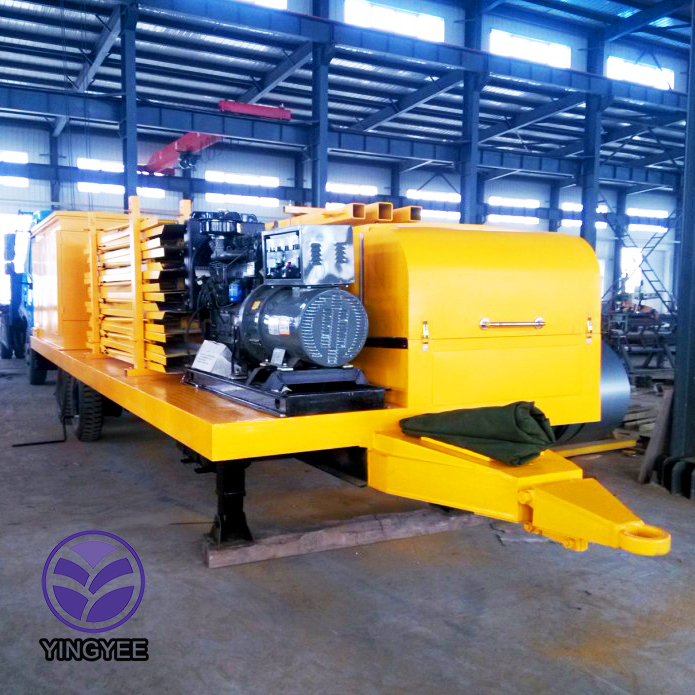
Understanding Color Steel Coils PPGI and Their Standards
Color steel coils, especially pre-painted galvanized iron (PPGI), have become increasingly popular in various industries due to their aesthetic appeal, durability, and versatility. These coils are made from steel substrates coated with a layer of zinc for corrosion resistance, followed by an additional layer of paint, which adds color and protects the metal from environmental elements.
The Composition and Manufacturing Process
The composition of PPGI involves the galvanization of steel sheets, which is then coated with paint. The primary material, typically cold-rolled or hot-rolled steel, is first coated with a layer of zinc (galvanization). This process protects the steel from rust and corrosion, which is vital for longevity, particularly in outdoor applications. Following this, the steel is painted using high-quality paints that can withstand harsh weather conditions, UV rays, and other environmental factors. The application of paint is done using advanced processes to ensure uniform coverage and adherence.
Standards ASTM, AISI, GB
When discussing PPGI, several standards are often referenced, including ASTM (American Society for Testing and Materials), AISI (American Iron and Steel Institute), and GB (Guobiao Standards from China). These standards govern various aspects of steel production, including material properties, testing methods, and quality assurance.
1. ASTM Standards Under ASTM standards, PPGI is typically classified under ASTM A755, which outlines the requirements for metallic-coated steel sheet products for use in building construction. This standard ensures that the steel coils meet specific mechanical properties, corrosion resistance, and paint adhesion characteristics.

2. AISI Specifications The AISI provides guidelines for the classification of different types of steel grades. For PPGI, the most relevant specifications often involve the categorization of the steel substrate (like cold-rolled or hot-rolled) and the corresponding grades that ensure the usability of different products in construction and manufacturing.
3. GB Standards In China, GB standards govern the performance and quality benchmarks for PPGI. These standards are comprehensive, covering everything from the base steel properties to the thickness and quality of the paint used. GB standards are crucial for ensuring that products are reliable and meet the necessary regulatory requirements in both domestic and international markets.
Applications of PPGI
PPGI is utilized in various applications due to its excellent properties. Its aesthetic versatility allows it to be used in architectural designs, including roofing, siding, and interior wall panels. Other applications include manufacturing appliances, automotive parts, and furniture. The ability to produce coils in a wide variety of colors makes PPGI an ideal choice for designers and architects looking to enhance the visual attractiveness of their projects.
Conclusion
In summary, color steel coils, especially PPGI, represent a significant advancement in steel manufacturing, providing both functional and aesthetic benefits. Understanding the composition, manufacturing process, and relevant standards such as ASTM, AISI, and GB is crucial for businesses and individuals involved in the procurement or use of these materials. As industries continue to innovate and push for sustainable practices, PPGI will undoubtedly play a pivotal role in building material choices, offering durability, style, and environmental resilience.